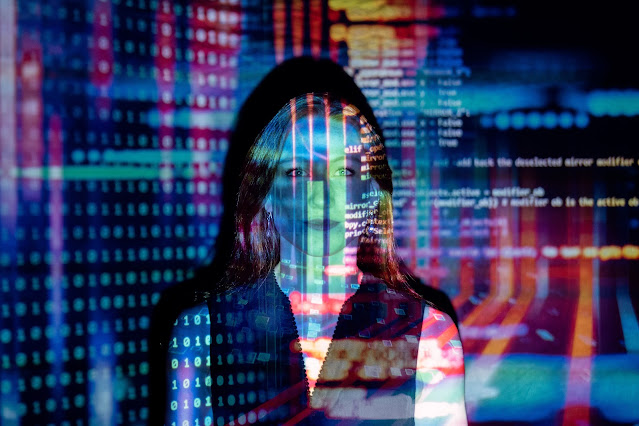Have you ever heard of transforming a text to video using AI? If not, then you are in for a treat. The art of transforming a text to video using AI is a fascinating field that is changing the way we create videos. AI is becoming increasingly sophisticated and capable of handling more complex tasks, and one of these tasks is creating videos from text.
In this article, we will explore the art of transforming a text to video by AI, its benefits, and how it works. We will also discuss the future of this technology and how it will revolutionize the video industry.
Understanding Text-to-Video Conversion
Text-to-video conversion is the process of transforming a text file or script into a video. This process involves several steps, including natural language processing (NLP), speech recognition, and video rendering.
NLP is the backbone of text-to-video conversion. It involves analyzing the text and breaking it down into its component parts, such as sentences and paragraphs. The next step is to use speech recognition software to convert the text into spoken words. Finally, the video rendering software uses these spoken words to generate the video.
Benefits of Text-to-Video Conversion
Text-to-video conversion has several benefits. Firstly, it saves time and resources. Instead of hiring a video production team to create a video from scratch, text-to-video conversion can be done in a matter of hours. This is particularly useful for companies that need to produce a large number of videos quickly.
Secondly, text-to-video conversion is cost-effective. Hiring a video production team can be expensive, and not all companies can afford it. With text-to-video conversion, companies can produce high-quality videos at a fraction of the cost.
Finally, text-to-video conversion allows for greater flexibility. Videos can be edited and modified quickly and easily, without the need for extensive re-shooting.
How Text-to-Video Conversion Works
Text-to-video conversion involves several steps. The first step is to input the text into the system. The system then uses NLP to analyze the text and break it down into sentences and paragraphs.
The next step is to convert the text into spoken words. This is done using speech recognition software, which converts the text into an audio file.
Finally, the video rendering software uses the audio file to generate the video. This involves selecting appropriate visuals, such as images or animations, to accompany the spoken words.
Future of Text-to-Video Conversion
The future of text-to-video conversion is exciting. As AI becomes more sophisticated, it will be able to handle increasingly complex tasks, such as creating videos that are more engaging and interactive.
One area where text-to-video conversion is likely to be used more in the future is in education. With the rise of e-learning, there is a growing need for instructional videos. Text-to-video conversion can help meet this need by allowing educators to quickly and easily create high-quality instructional videos.
Conclusion
In conclusion, the art of transforming a text to video by AI is an exciting field that has the potential to revolutionize the video industry. It offers numerous benefits, including time and cost savings, as well as greater flexibility. As AI continues to develop, we can expect to see text-to-video conversion being used in more areas, including education and marketing.
FAQs
Q: What is the Art of Transforming a Text to Video by AI?
A: The Art of Transforming a Text to Video by AI involves using artificial intelligence tools and techniques to convert written text into a visually compelling video.
Q: How does AI transform text to video?
A: AI can transform text to video through natural language processing (NLP) techniques. NLP algorithms analyze the text to understand its meaning, structure, and context, and then generate a storyboard that outlines the key elements of the video. The AI can then use computer vision techniques to animate the storyboard and create a final video.
Q: What are the benefits of using AI to transform text to video?
A: The benefits of using AI to transform text to video include increased speed and efficiency, improved accuracy and consistency, and the ability to scale video production. AI can also help create more engaging and personalized video content that resonates with audiences.
Q: What are some limitations of using AI to transform text to video?
A: Some limitations of using AI to transform text to video include the potential for errors or inaccuracies in the generated content, the need for human oversight and editing, and the potential for the videos to lack the creativity and nuance that can be achieved through human-driven content creation.
Q: What industries can benefit from using AI to transform text to video?
A: Any industry that produces video content can benefit from using AI to transform text to video, including marketing, advertising, e-learning, entertainment, and news media. AI-powered video creation can help these industries create more engaging and personalized content while streamlining the production process.

